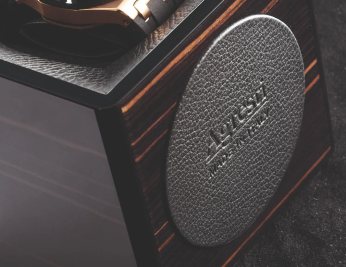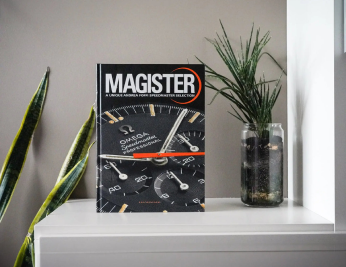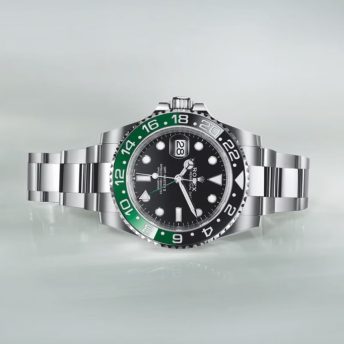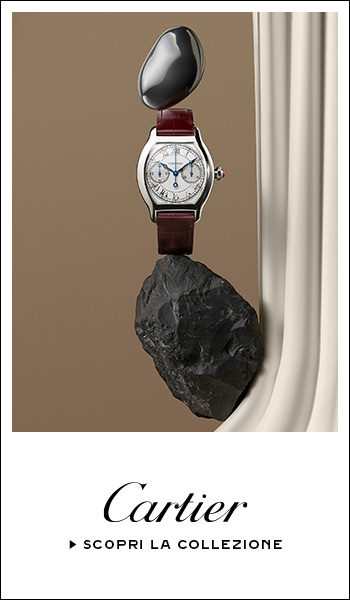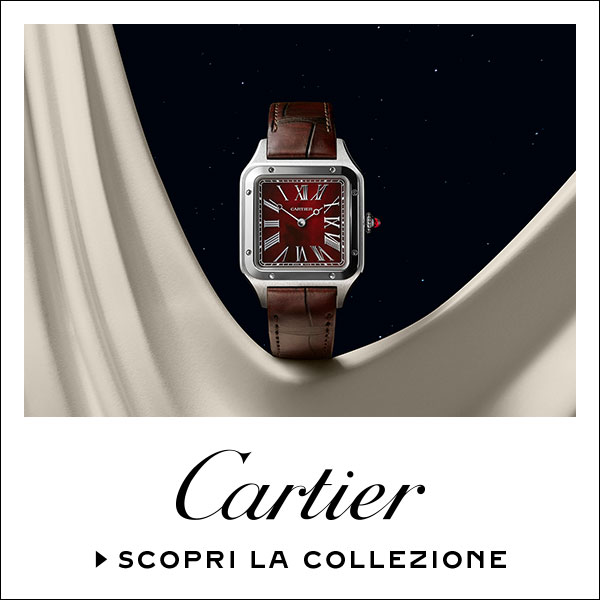After many years of watch collecting, being left in complete awe is something that doesn’t happen so easily. That being said, even the most serious of collectors can’t help but be swept off their feet by the majesty and the prestige of a steel-clad Patek Philippe timepiece.
It’s not a question of sensationalism, but rather of just pure aesthetics and rarity. These are the two main connotations associated with a steel Patek Philippe, and its aftermarket value most certainly reflects this.
Interestingly enough, in contrast to phenomena such as the “blue dial” craze of recent years, “Steel Patek Philippes” aren’t part of a modern watch trend. In fact, the high regard for these types of pieces can be traced all the way back to the brand’s early days.
Moreover, they aren’t reserved for “old-timer” collectors: enthusiasm for steel Patek Philippes is greatly observed amongst the younger generation of watch enthusiasts, seen through modern auction figures, which, in recent years, have steadily been on the rise.
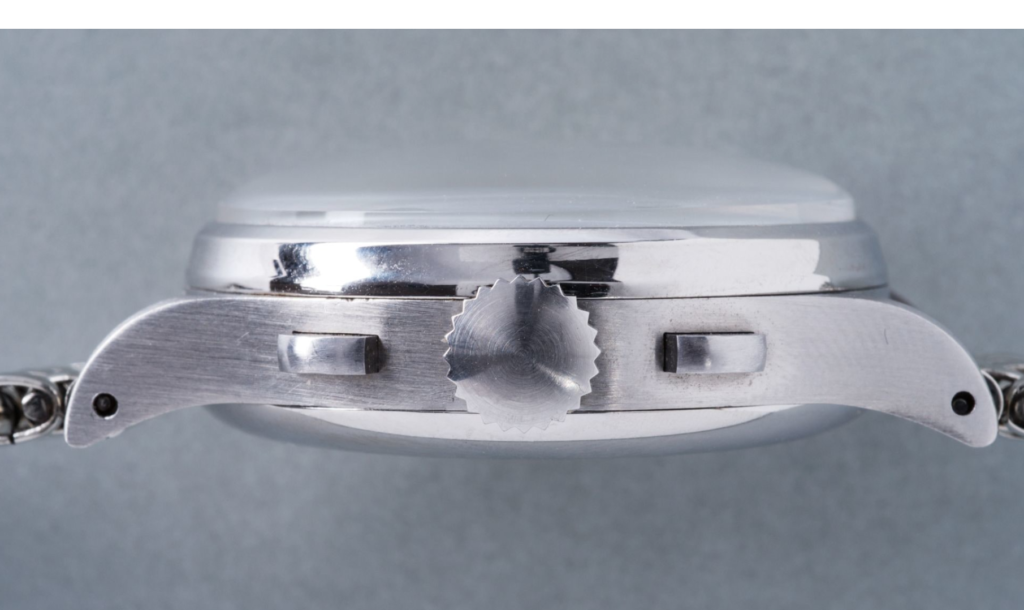
The Rarity Factor
It is widely known that rarity is the main factor which influences the value of Patek Philippe timepieces on the aftermarket. This is especially true for steel-cased versions. To better understand this, we must go back to Patek’s manufacturing process between the 1930s and 60s.
During those times, steel was nowhere near as desirable (and profitable) as it is now – on the contrary: this “common” material was relegated to “regular mass production horology”, and was more suited to sports models such as the chronographs made by Longines, Omega, Vetta and Eberhard.
As such, Patek Philippe had very little interest in using a non-precious metal for their timepieces, both for the style of watch that they were manufacturing and for the status that the brand sought to preserve. Consequentially, a very small percentage of Patek Philippes were made in the mid 20th Century, led by the brand’s first “sports” and waterproof watch: the ref. 565, which we wrote about in an article that you can find here.
The remaining production of steel models was kept to an extremely low number, reserved only for Patek Philippe’s most valued customers who wished for a more “versatile” material compared to gold.
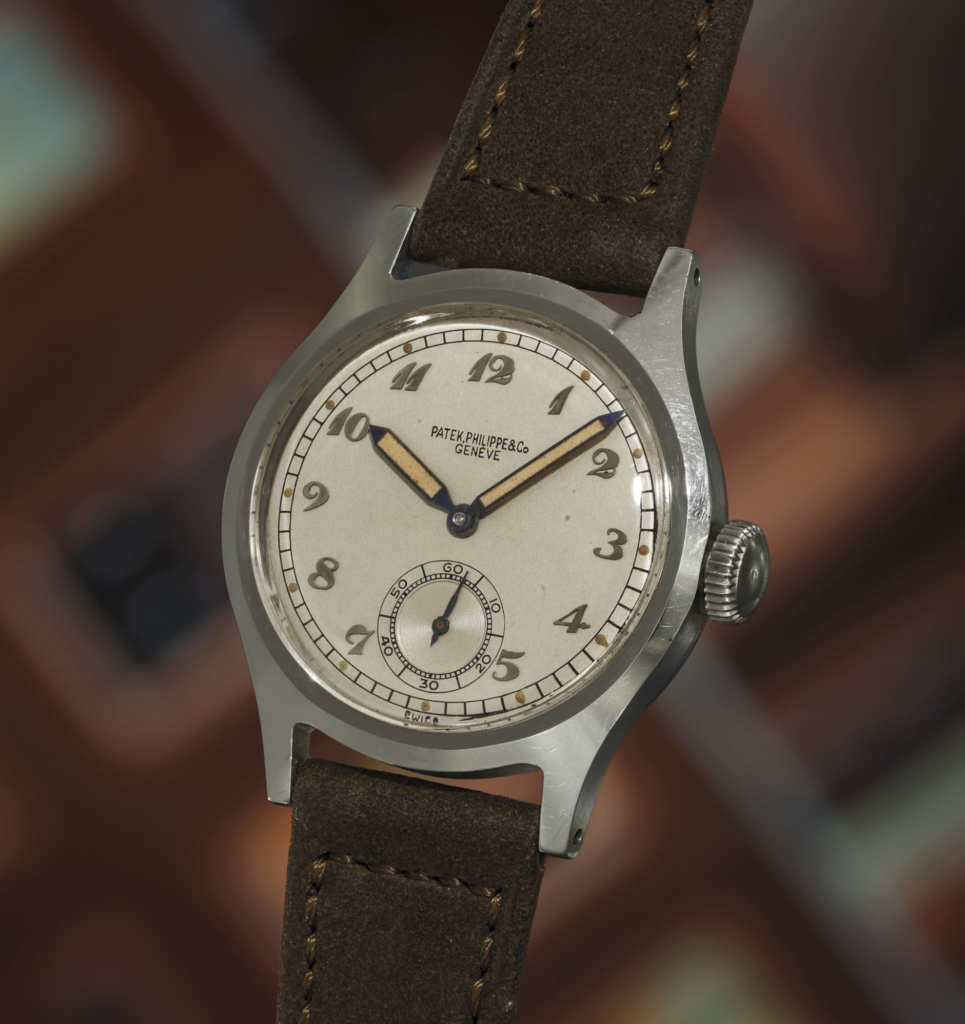
The Steel Factor
As well as rarity, another hugely influential factor for steel Patek Philippes lies in the material itself.
Despite my best efforts to avoid talking about “trends” or “fashions” in the watch world, it has become quite clear that steel (particularly sports models) watches have become somewhat of a cult.
To better explain, let’s take a look at some of the most noteworthy auction results that steel Patek Philippes have obtained in recent years.
P.S.: Given their hype and status, some of you may already know which watches I’m about to mention. But, for those of you who are seeing these for the first time, I say: please don’t limit yourself to looking at the mere pricetag. Read more about these watches in particular, learn, and ask! It is only in this way that you will fully understand and appreciate the object’s value, which can’t always be described by a price, not even an astronomical one.
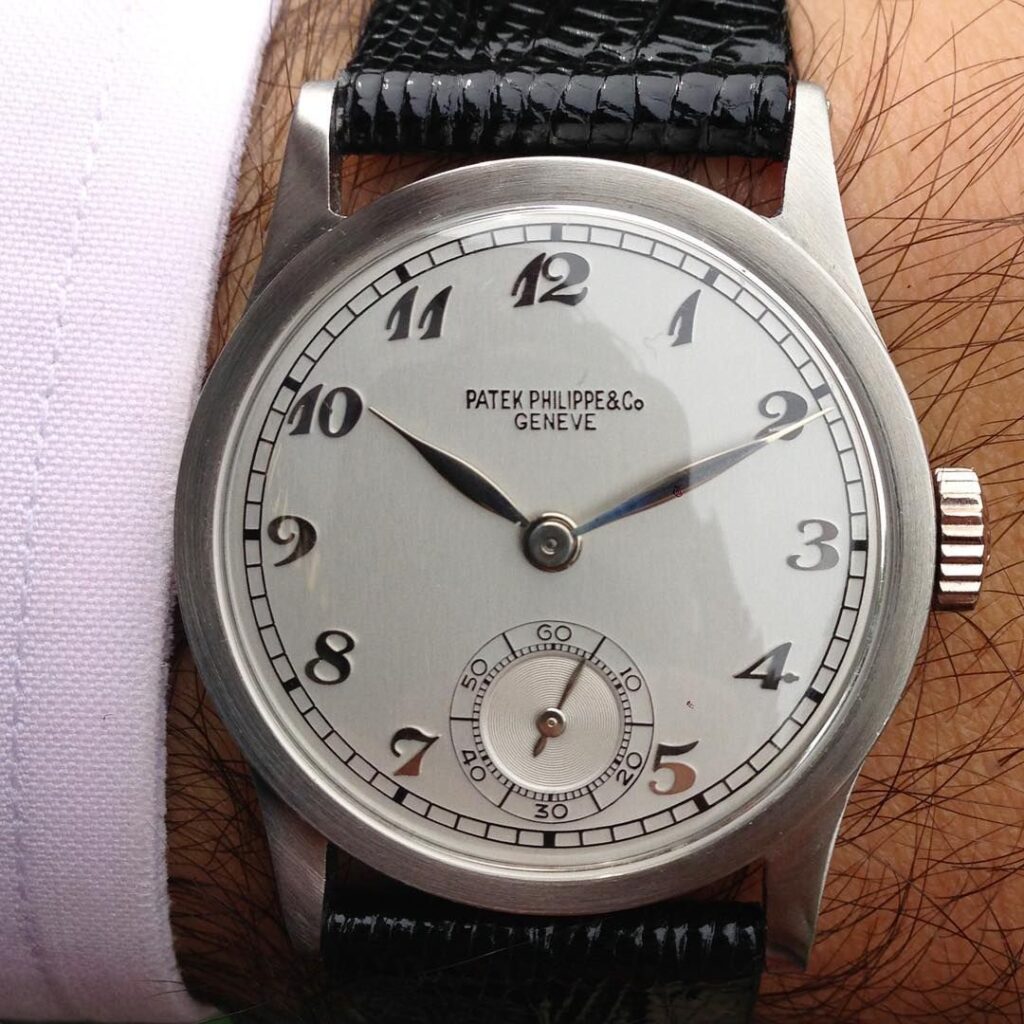
Patek Philippe 1518
We couldn’t write an article about steel Patek Philippes without mentioning this one: the legendary 1518 – one of the most important references in Patek Philippe and wider horological history.
Now, Patek Philippe has manufactured quite a few iconic watches, but in our opinion, the 1518 takes the cake. A perfectly balanced dial, its status as a reference point for all Perpetual-Chronogaphs… it’s always been in a league of its own.
Over a 13 year production run (1941-1954), 281 exemplars were manufactured. Of these, they were predominantly made from yellow gold, with only a handful made from pink gold, and only 4 were made with a steel case.
The last time we saw a steel 1518 at auction was in 2004, and for good reason: those fortunate enough to own one are very unlikely to want to part ways with it.
That all changed in 2016 at a Phillips auction.
The reason behind this astronomical auction price can be, in part, narrowed down to how it was marketed by the auction house: it was described as a “once in a lifetime” price, as it was indeed a “once in a lifetime” opportunity, not destined to occur again any time soon.
Let’s put psychological and economic details aside and take a closer look at the 1518.
Although there were only 4 exemplars, the steel 1518s were made in 2 “series”, told apart by their casemaker.
The first series of cases (3 of them) were slightly thinner than the second, featured wider lugs, and were manufactured by Genevor. The exemplar which was auctioned by Phillips (below) bore the number “1” on its caseback, meaning that it was the first steel-cased Patek Philippe 1518 to ever be manufactured.
For the second series, Patek Phillippe commissioned Wenger for its case: this was more robust and had slimmer – 19mm – lugs. As of this article, only one is known to exist.
Auctioned by Phillips in 2016 for 11,002,000 CHF (€10,160,000)
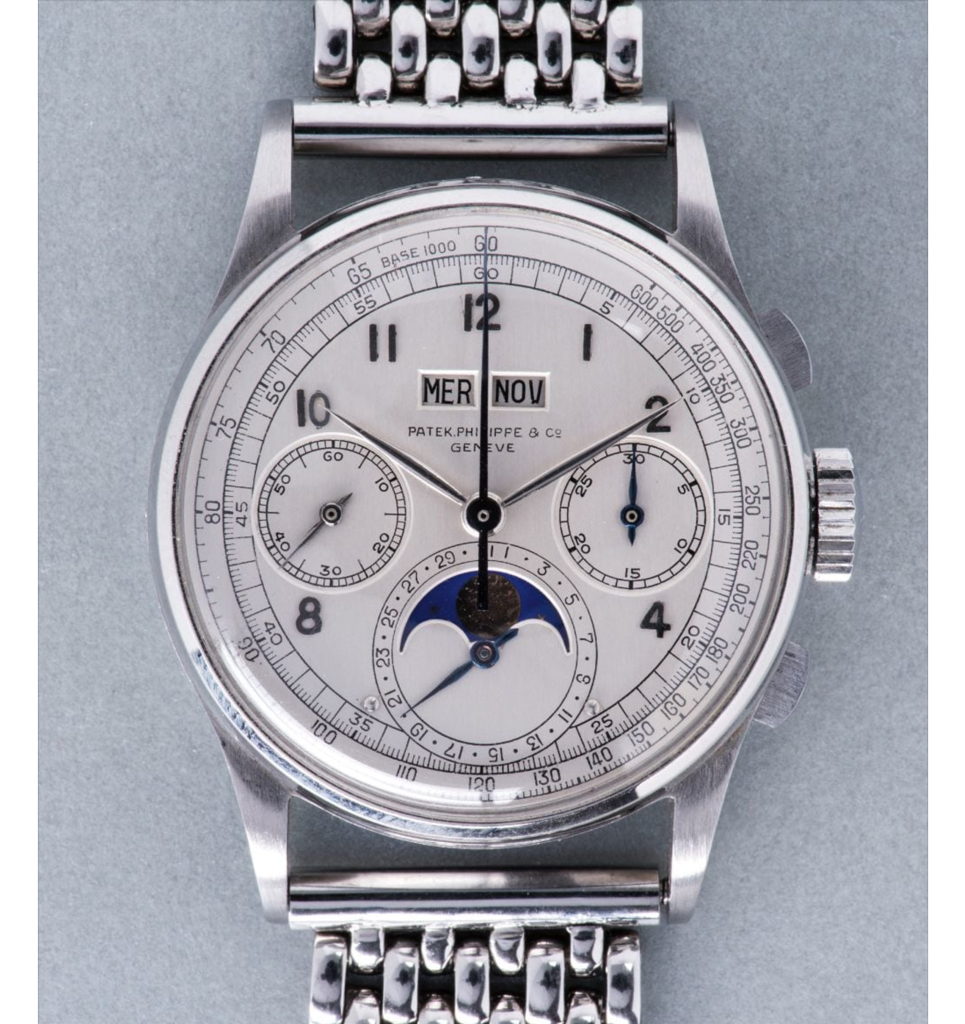
Patek Philippe 1526
Another Patek Philippe that caused a major stir in the market was the ref. 1526, when, in 2008, the only known steel version of the reference to ever be produced appeared before the Christie’s auction block. First released in the same year as the 1518, only 210 1526s were made, all in yellow or rose gold, except for this one, in steel.
Just to show how important this watch is, someone was willing to pay a hefty price for it in 2008 – in the midst of a huge financial crisis.
Building upon what I said before about trends: a steel Patek Philippe’s eye-watering pricetag isn’t actually due to a trend, but rather is the cost of knowing how to tastefully discern truly deserving objects.
Auctioned by Christie’s in 2008 for 4,137,000 CHF (€3,820,000)
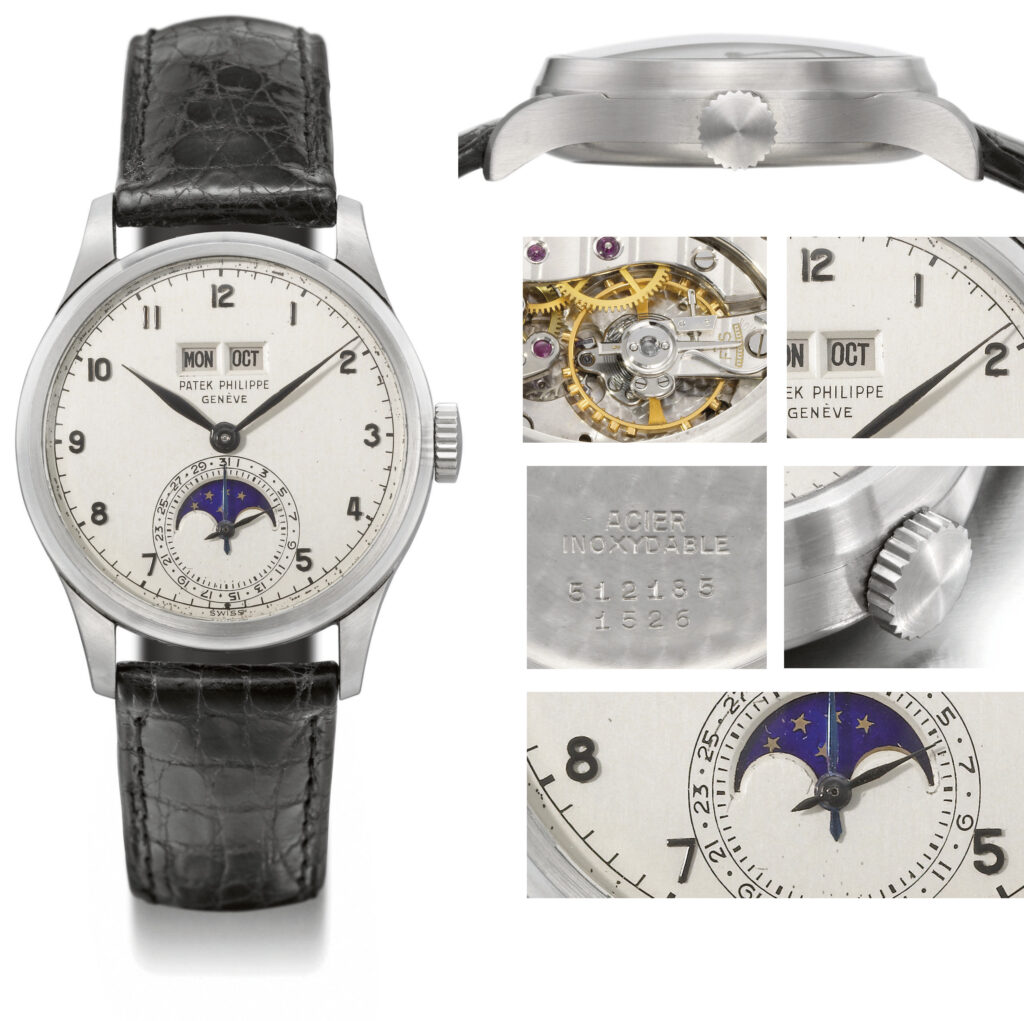
Patek Philippe 1591
If you’ve never heard of the ref. 1591, don’t fret, for you are not alone. Only two exemplars make up this model, both manufactured in 1944: one in yellow gold, and the other in steel.
The appeal behind this watch can be categorised into three parts. The first is just how clean and perfectly balanced the dial is – its elegance lies in simplicity, but it’s a type of simplicity which only Patek Philippe knows how to pull off. Second, due to its complication: a perpetual calendar within a waterproof case – a combination that has long been sought-after by many collectors.
Finally, its third selling point is its owners: the exemplar below – the only steel model – was sold to a Hindi Maharaja by Mr. Favre Leuba himself. The other, yellow gold model? That belonged to the infamous General Tito.
Auctioned by Christie’s in 2007 for 2,513,000 CHF (€2,321,000)

As we have seen, there are many reasons why steel Patek Philippes boast earth-shattering pricetags on the aftermarket, and why they are valued so highly.
On a personal note, I like to think of it this way: in a time where ostentation and gaudiness is rather dominant in the public eye, the true and tasteful watch collector prefers to seek an object which doesn’t need a flashy frame to express its beauty.
-Translated by Patrick R.

